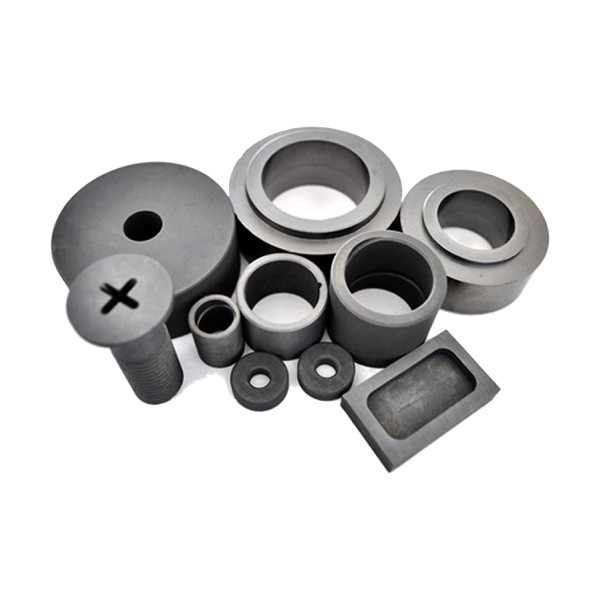Email: info@karssenmetal.com Tel: +86 18147353336

1. Conductive carbon/graphite materials: such as graphite electrodes for electric arc furnace steelmaking, anodes for molten salt electrolytic cells, etc.
2. Carbon/graphite materials for high temperature refractory materials: such as bottom blocks for aluminum electrolytic cells, semi-graphite carbon blocks, silicon-containing carbon blocks and graphite blocks, etc.
3. Wear-resistant carbon/graphite materials: such as carbon, graphite, resin-impregnated, metal-impregnated carbon/graphite materials, and carbon/carbon composite materials that match different friction pairs.
4. Graphite materials for high temperature molds: such as graphite for black or non-ferrous metal continuous casting; high temperature hot pressing molds above 1000 °C; boats and dishes for smelting cemented carbide; graphite molds for precision casting; Sintering molds for semiconductors and integrated circuits and mold electrodes for EDM, etc.
5. For electric heating elements: such as graphite heating rod, graphite heating tube, graphite fiber belt heating element.
6. As high temperature thermal insulation materials: such as thermal insulation materials that can be used for 1800-3000 °C carbon felt, graphite felt and foam carbon, etc.
7. As bioengineering materials: such as carbon artificial heart valve, carbon artificial bone, carbon artificial joint, carbon fiber artificial ligament and artificial trachea, etc.
8. Structural materials for nuclear reactors: such as graphite moderated materials, graphite reflective materials, pyrolytic carbon-coated fuel balls, etc.
9. As a high temperature lubricant: such as graphite emulsion and fluorinated graphite for metal drawing.
10. As adsorption material: such as activated carbon and activated carbon fiber.
11. Chemical carbon/graphite corrosion-resistant materials: such as graphite heat exchangers, graphite pumps, graphite absorption towers and corrosion-resistant linings for chemical containers.
12. As a reinforcing material for advanced composite materials: such as carbon fiber, carbon cloth, three-way and multi-directional carbon fiber braid.
13. Carbon graphite materials are used as positive and negative electrode materials in the battery industry;
14. Used as anode in electrolysis industry; used as electrode in EDM;
15. Used as sacrificial anode in underground pipeline anticorrosion;
16. Used as electrodes in electric arc furnace for industries like steelmaking, ferromanganese, ferrosilicon, calcium carbide, industrial silicon, yellow phosphorus, corundum and other industries;
17. Used as crucibles, boats, dishes, etc. in melting and refining rare metals;
18. Casting molds, molds, molds, etc. in the foundry industry;
19. Used as molds, fine blow pipes and agitators in the aluminum alloy industry;
20. In the electrical industry as carbon brushes, collectors and collector rings, electric shocks, lightning rods, etc.;
21. Used as corrosion-resistant heat exchangers, synthetic hydrochloric acid equipment, various pumps, valves, pipes, etc. in the chemical industry;
22. Used as structural and functional materials in various industrial kilns above 1800°C;
In addition, carbon graphite materials are widely used in the fields of semiconductor, communication, and electronic equipment manufacturing; in the fields of nuclear energy and radioactive energy, in the fields of aerospace and navigation, in the fields of nuclear energy, wind energy, solar energy, and in the military industry.
Isostatic graphite blocks are an important graph
Graphite rotor belongs to graphite material, whi
Graphite sheets have many important roles in the
Contact: Bateer
Phone: +86 18147353336
Tel: +86 18147353336
Email: info@karssenmetal.com
Add: Room D204-2203, Innovation Building, Baotou Light Industry Vocational Technical College, 19 Jianhua Road, Qingshan District, Baotou City, Inner Mongolia, China.